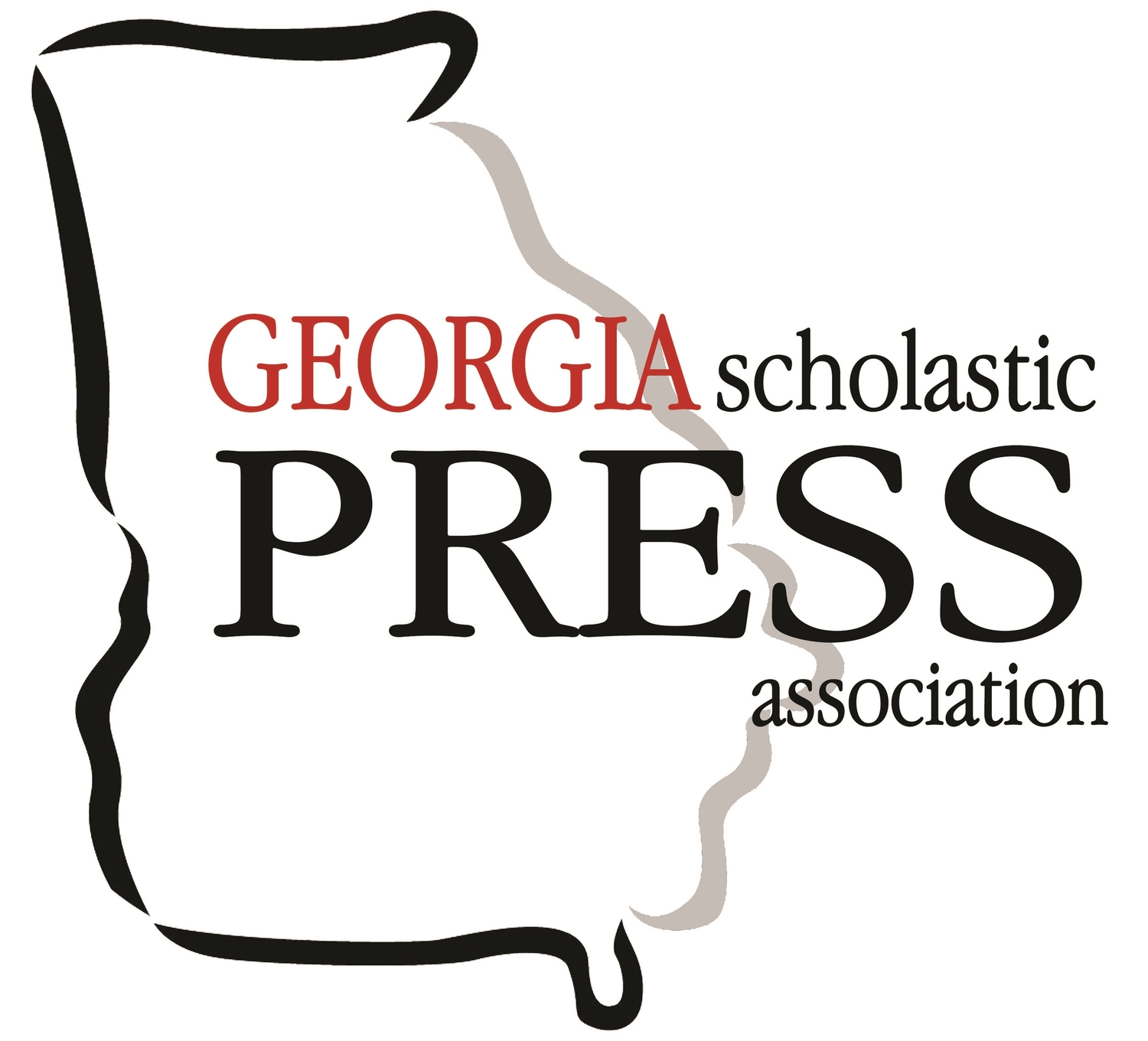Scholastic journalism: How to keep continuity with COVID-19 precautions
/With many schools across the country closed per recommendations from the Centers for Disease Control and Prevention (CDC), teachers and students — including journalism educators and student staffs — must navigate how to shift coursework to online spaces.
Outlets like the Student Press Law Center, Poynter and other media resources continue to offer ideas and webinars to ease learning transitions in wake of the COVID-19 pandemic. Follow these links to help keep continuity in the classroom:
Resources and tips for educators and advisers:
The Student Press Law Center (SPLC) offers Zoom video conference sessions with expert speakers. Sessions last approximately 40 minutes and can cover high school press freedom, copyright, Freedom of Information and public records or libel and defamation. Educators may request speakers 10 business days in advance using this form.
The SPLC published student media law PowerPoint presentations detailing the most common media law issues for high school students in addition to quizzes and webinar archives for online class use.
The Google News Initiative offers training courses related to fundamentals, using Google Earth for storytelling, verification, multimedia storytelling and data journalism. These courses with PDF files help student and professional journalists hone skills related to research, implementation of multimedia tools and crediting sources.
Poynter’s News University features courses and webinars for online use. Find free resources by clicking “Free” in the Poynter catalog.
This study originally from Kent State University points to three major keys in online learning success: interaction with content, interaction with instructors and interaction with classmates. The study suggests making participation a significant portion of course grades to foster such interactions. See page 26 for more implications for practice.
GSPA members have access to our resources page featuring presentations from past conferences and workshops.
The TEDx Talks YouTube page features talks from high school journalists and their advisers sharing insights about their experiences and influences in communities.
Ask students to read or watch news online to keep engaging with journalism. Create news quizzes based on current events and outlets of your choosing to make sure students are up-to-date.
Twitter creates community spheres of journalism educators, researchers and journalists. Ask around and search your social media for potential guest speakers willing to speak remotely, content ideas and suggestions for online teaching.
Resources and tips for student journalists:
The SPLC assembled this page of frequently asked questions and background information to reinforce mindful reporting as student journalists covering COVID-19. Students will find links to the CDC’s COVID-19 fact page, the World Health Organization’s explanation of the virus, travel advisories and additional stories about K-12 schools and the pandemic.
The Associated Press adopted this topical list of stylebook rules for covering COVID-19.
The Society of Professional Journalists aggregated this Journalist’s Toolbox page for coronavirus reporting resources.
Remember: While journalists — student or professional — want to keep the community informed to promote public health, journalists are also members of the same communities. Make self-care a priority.
While you may not be able to report for your school papers, broadcasts, websites or magazines, think about content you can create at home. Build your personal portfolio of work on platforms like Wordpress.com or Wix.com. Start a blog on sites like Medium.com. Create videos for YouTube or social media.
Engage with journalism by reading current local, state, national and global news. The New York Times is available to high schools across the U.S. — for free through July 6.


